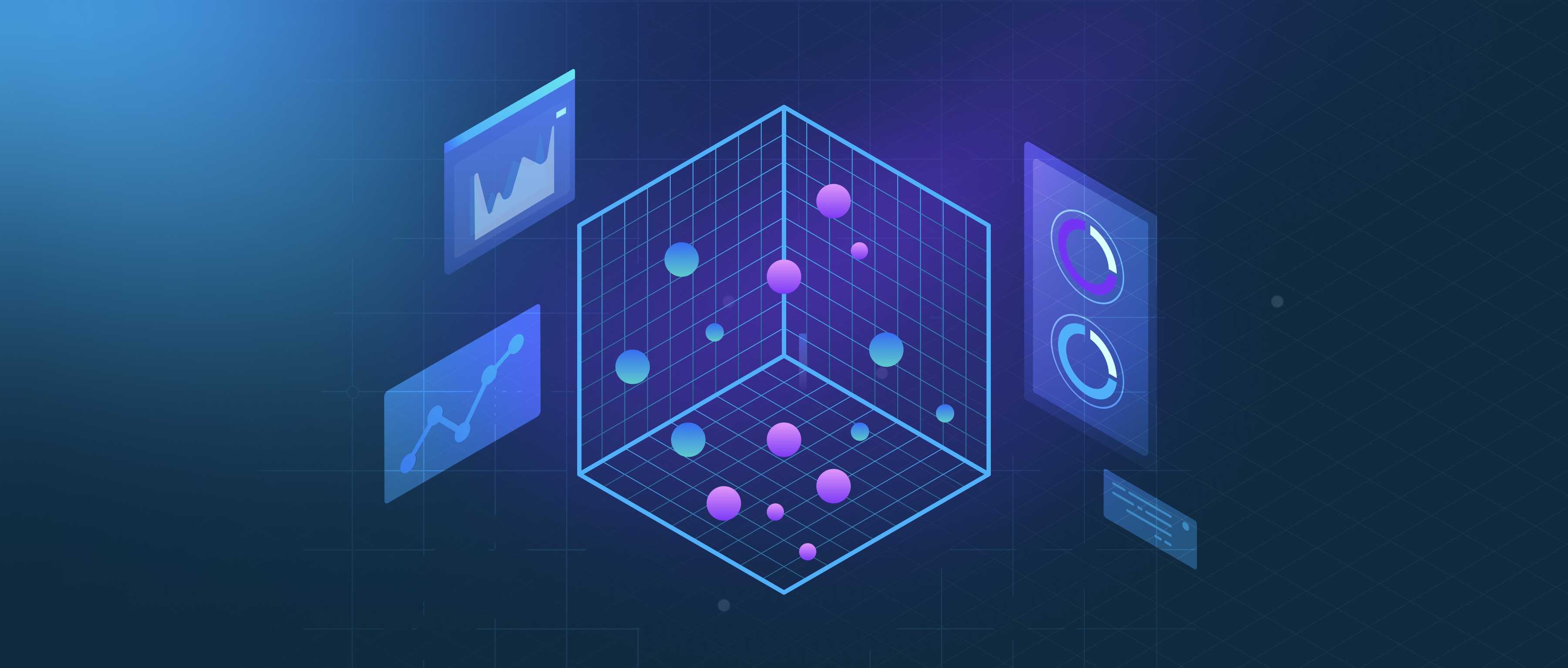Digital image processing consists of several components, starting with image acquisition. This involves capturing an image using sensors like cameras or scanners, followed by converting it into a digital format. Preprocessing, such as noise reduction and resizing, prepares the image for analysis. Image enhancement is another key component. Techniques like contrast adjustment, sharpening, and histogram equalization are applied to improve image quality and highlight specific features. This is especially useful in medical imaging, where enhancing details can aid in diagnosis. Image analysis is the final step. This includes segmentation, which divides an image into meaningful regions, and feature extraction, which identifies patterns or objects. Applications range from facial recognition to object detection in autonomous vehicles.
What are the components of digital image processing?

- Vector Database 101: Everything You Need to Know
- Evaluating Your RAG Applications: Methods and Metrics
- The Definitive Guide to Building RAG Apps with LlamaIndex
- Advanced Techniques in Vector Database Management
- Embedding 101
- All learn series →
Recommended AI Learn Series
VectorDB for GenAI Apps
Zilliz Cloud is a managed vector database perfect for building GenAI applications.
Try Zilliz Cloud for FreeKeep Reading
What is the role of automation in cloud computing?
Automation plays a significant role in cloud computing by streamlining processes, reducing manual effort, and enhancing
What techniques are available to personalize audio search results?
Personalizing audio search results involves tailoring the output to better meet the preferences and needs of individual
How do SIFT and SURF algorithms work for image search?
SIFT (Scale-Invariant Feature Transform) and SURF (Speeded-Up Robust Features) are both algorithms designed to identify